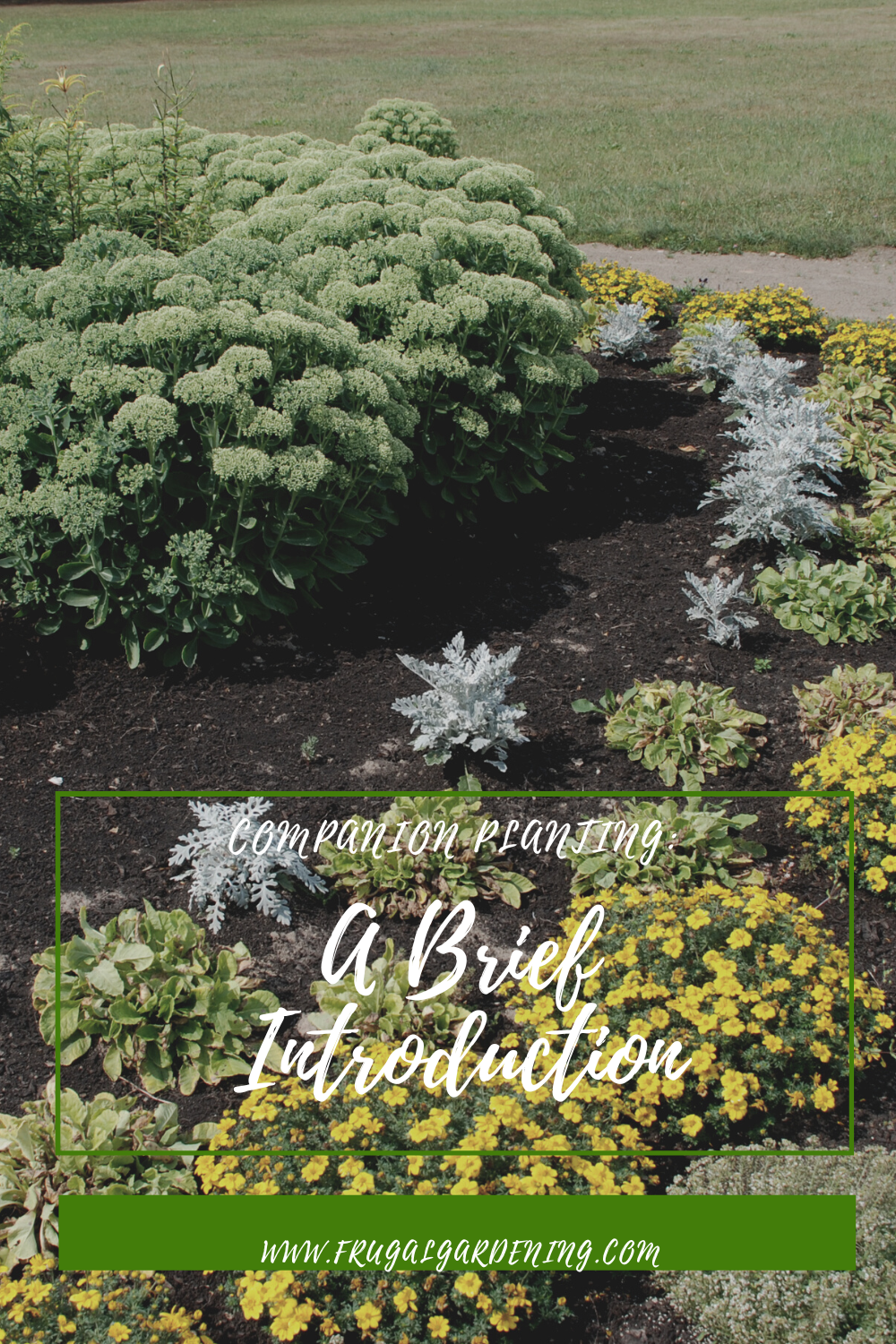
Companion planting is the practice of planting certain plants close to each other that benefit one another.
It’s an easy way to reduce garden labor, use less fertilizer, and grow healthy plants.
Companion Planting: Sources are Important
Before I give you some tips for companion planting, I caution that a significant portion of companion advice on the internet needs to be backed up by science. Some of the advice comes from folklore, people’s personal experiences, or tradition. Other advice is straight-up quackery.
Botanists and agricultural scientists are exploring which companion planting combinations offer benefits. They are finding great pairings that can reduce insect activity, share nitrogen, and improve soil quality.
Carefully review your sources before companion planting to ensure you don’t accidentally sow plants that are detrimental to each other too close to one another.
Classic Example of Companion Planting: Three Sisters Grouping
For generations, several groups of indigenous cultures of the Americas would plant corn, beans, and squash together. This grouping is called The Three Sisters because they do better when grown together.
Beans are nitrogen fixers, meaning they can absorb nitrogen from the environment and then secrete excess nitrogen as compounds that other plants can use.
The giant leaves of the squash prevent sunlight from reaching the soil, keeping the roots cool and preventing weed growth.
And the strong corn stalk is the perfect stake for growing beans.
This is a perfect example of how growing certain plants together can support each other and reduce the need for human labor in the garden.
Helpful Companion Planting Pairings
Below I outline a few beneficial companion pairings. If you have anything to add to the list, please leave us a comment below!
Cucumbers and Tomatoes
Cucumbers act as living mulch to prevent weed growth.
This happens in 2 ways.
First, the broad shape and size of the cucumber leaves block out the light preventing germination of weed seeds. This also help keep the roots cool.
Second, cucumber roots excrete allelpathic compounds that keep weed seeds from germinating. This means that you should not sow tomato seeds among cucumber plants, but instead transplant seedlings.
Green Beans and Potatoes
Green beans fix small amounts of nitrogen that it shares with the potato plants, increasing the size of the potatoes.
You can achieve this outcome in 2 ways. You can plant alternate rows of potatoes and green beans or you can plant alternate plants in the same row.
Sweet Alyssum and Lettuce
Sweet Alyssum attracts flies and wasps that feeds on aphids and other small insects. Plant sweet alyssum in the rows between the rows of lettuce or as a border around your lettuce patch.
Bonus Plant: Marigolds
Marigolds don’t get enough credit. They are cheap, beautiful and help deter tons of harmful bugs like aphids because marigolds attract beneficial insect like parasitic wasps and ladybugs. They may also secrete compounds that help protect the roots of nearby plants from parasites.
Conclusion
Companion planting is a great way to reduce labor and grow healthier plants, but it is a discipline that does not have a lot of scientific research available so be ware of suspicious advice.
Read More:
Tips to Prevent Winter Plant Damage
Gardens Add Life and Equity to Your Home
Troubleshooting the Seed Starting Process: Using Old Seeds

Ali is a homeschooling mom of 5 who includes gardening and food prep as important subjects in her school. She has been raising plants her whole life and learned how to garden from her father. When she isn’t caring for her plants, she can be found reading or hiking.
Leave a Reply